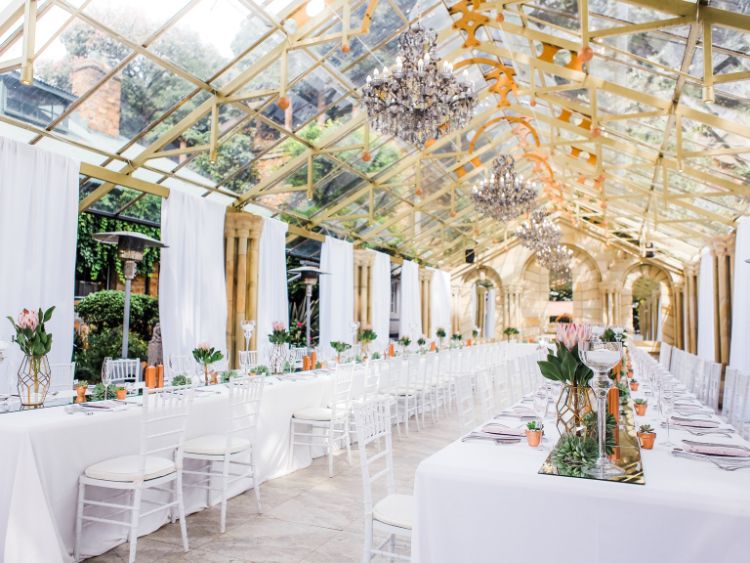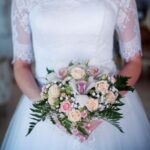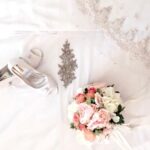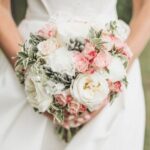Understanding Wedding Dress Codes
So, you’ve been invited to a wedding, and now you’re wondering, “What exactly should I wear?” If you’ve ever felt puzzled by wedding invitations with dress codes like “black-tie optional” or “beach formal,” you’re not alone. Dress codes are meant to provide guests with some guidance on attire, but they can still leave many of us scratching our heads. The great news? By decoding these dress codes, you can show up looking fabulous while honoring the couple’s big day. Let’s dive into the world of wedding dress codes, unravel their meanings, and ensure you never feel out of place.
What Exactly Is a Wedding Dress Code?
A wedding dress code is a guideline set by the couple to help guests determine appropriate attire for their celebration. Dress codes reflect the event’s level of formality, location, time of day, and sometimes even the couple’s unique tastes. When a couple specifies a dress code, they’re making it easier for guests to dress comfortably and stylishly in a way that complements the ambiance.
Common Wedding Dress Codes Explained
Understanding the most common dress codes can make attending weddings much more enjoyable. Here’s a guide to help you interpret what each dress code entails and what to wear.
1. White-Tie
White-tie is the epitome of formality. Think of royal galas or ultra-glam events, and you’re on the right track.
- For Men: A black tailcoat, white vest, white bow tie, and patent leather shoes. This is the most formal attire in Western fashion.
- For Women: A floor-length evening gown, often paired with gloves, an elegant clutch, and perhaps some statement jewelry.
Keep in mind: White-tie weddings are rare but incredibly prestigious, so it’s a chance to go all out!
2. Black-Tie
Black-tie weddings are slightly less formal than white-tie but still demand a high level of elegance.
- For Men: A tuxedo with a black bow tie, a white dress shirt, and black patent leather shoes.
- For Women: A floor-length or elegant cocktail dress is suitable. You can accessorize with a clutch and subtle jewelry.
3. Black-Tie Optional
Black-tie optional gives guests some leeway but still implies a formal atmosphere.
- For Men: A tuxedo is ideal, but a dark suit and tie are acceptable.
- For Women: A long dress or a formal cocktail dress works well here. Choose something classy and polished.
4. Formal or Cocktail Attire
Formal or cocktail attire strikes a balance between elegance and a hint of relaxation.
- For Men: A dark suit and tie are perfect here. It’s polished yet allows for some personality.
- For Women: A cocktail dress or a chic two-piece ensemble fits the bill. Go for something sophisticated yet party-friendly.
5. Semi-Formal
Semi-formal attire is a popular choice for afternoon or early evening weddings.
- For Men: A suit in any color other than black. Lighter colors are fine, especially for daytime events.
- For Women: A knee-length or midi dress, jumpsuit, or a skirt and blouse combo. Opt for a style that’s classy yet comfortable.
6. Beach Formal
Beach formal dress codes are popular for seaside ceremonies, so prepare for sand, sun, and elegance.
- For Men: Lightweight suits, like linen or cotton, in light colors. Ditch the tie if it feels too warm.
- For Women: A flowy, knee-length or midi dress, or even a maxi dress. Avoid high heels—they don’t mix well with sand!
7. Casual or Daytime
A casual or daytime dress code doesn’t mean showing up in jeans and a T-shirt! It’s relaxed but still polished.
- For Men: Khakis or dress pants with a button-down shirt. A blazer can add a little formality without going overboard.
- For Women: A sundress, a skirt with a blouse, or nice slacks with a stylish top.
Extra Tips for Wedding Dress Codes
Dress codes can be tricky, but with a few helpful hints, you’ll always be ready to nail the perfect outfit:
- Consider the Season: Outdoor weddings in spring or summer call for light, breathable fabrics, while fall or winter weddings may need layers or heavier materials.
- Match the Venue: A grand ballroom warrants a more formal outfit than a rustic barn wedding.
- Ask If You’re Unsure: When in doubt, ask the couple or someone close to them. It’s better to get clarification than to worry about feeling out of place.
Common FAQs about Wedding Dress Codes
- What does “black-tie optional” actually mean?
It means that a tuxedo or formal gown is appreciated but not required. A dark suit for men and a sophisticated cocktail dress for women are perfectly appropriate. - Can I wear white to a wedding if it’s not specified in the dress code?
Generally, no. White is typically reserved for the bride, so it’s safer to opt for other colors. If in doubt, avoid white or even ivory tones. - How can I dress appropriately for a casual wedding?
Think neat but relaxed. For men, khakis or dress pants with a button-down shirt work well, while women can opt for a sundress or a stylish blouse with a skirt. - Do I need to wear heels to a formal wedding?
Nope! While heels are traditional, you can opt for stylish flats or elegant sandals if you’re more comfortable in them. - Is it ever okay to wear jeans to a wedding?
Unless explicitly stated, jeans are a no-go for most weddings, even casual ones. Dress pants, khakis, or skirts are always a safer choice. - Can I wear black to a wedding?
Absolutely. Black is generally accepted for formal or semi-formal weddings. Just be cautious if it’s a daytime or beach event; lighter colors may be more fitting.
Summary: Dress to Impress with Confidence
Navigating wedding dress codes can be daunting, but understanding the essentials makes it so much easier to feel confident and stylish at any wedding. From glamorous white-tie to relaxed beach formal, each dress code has its unique charm and allows you to celebrate the couple’s big day with the perfect outfit. So, the next time you receive an invitation, remember these guidelines and show up dressed to impress!







